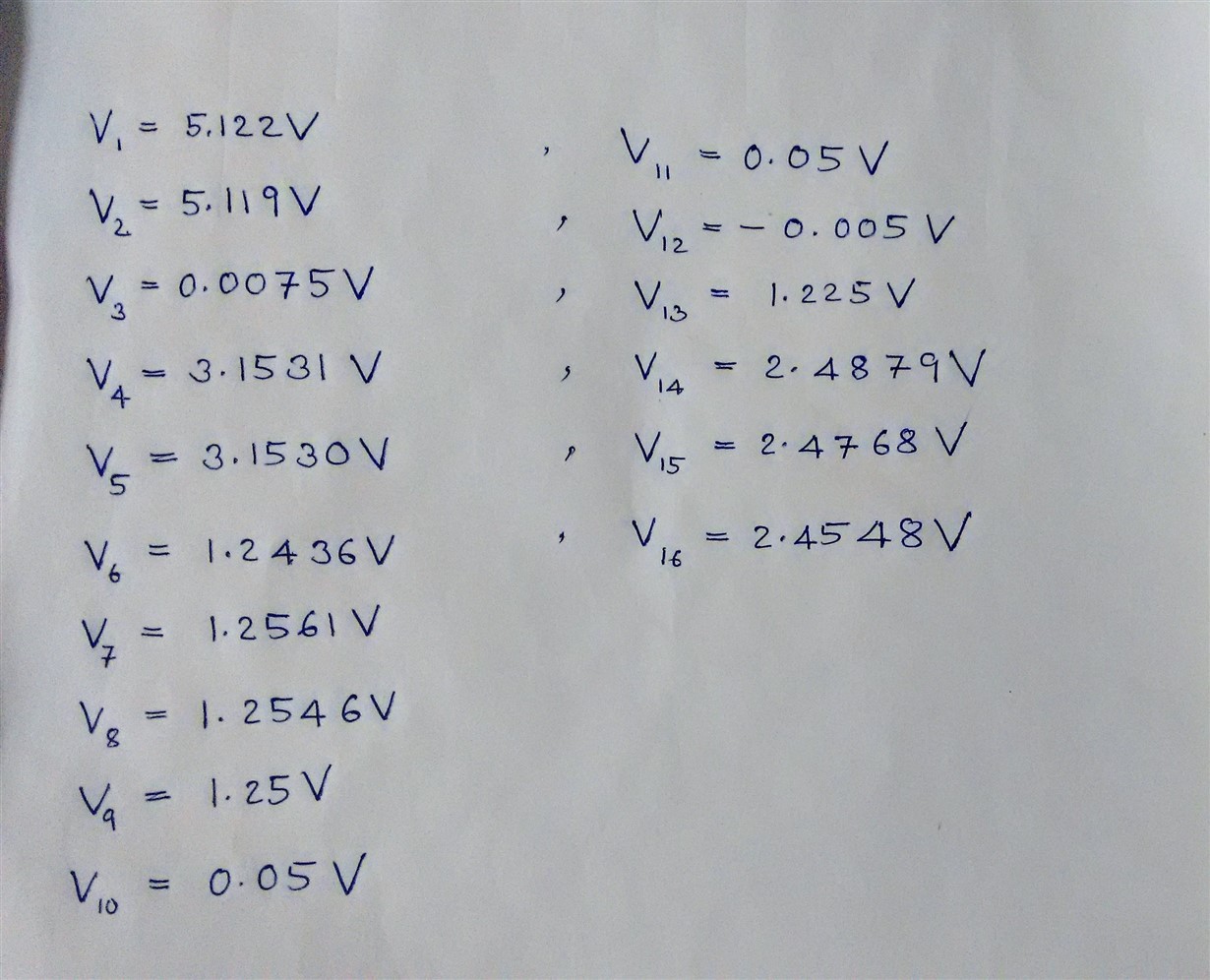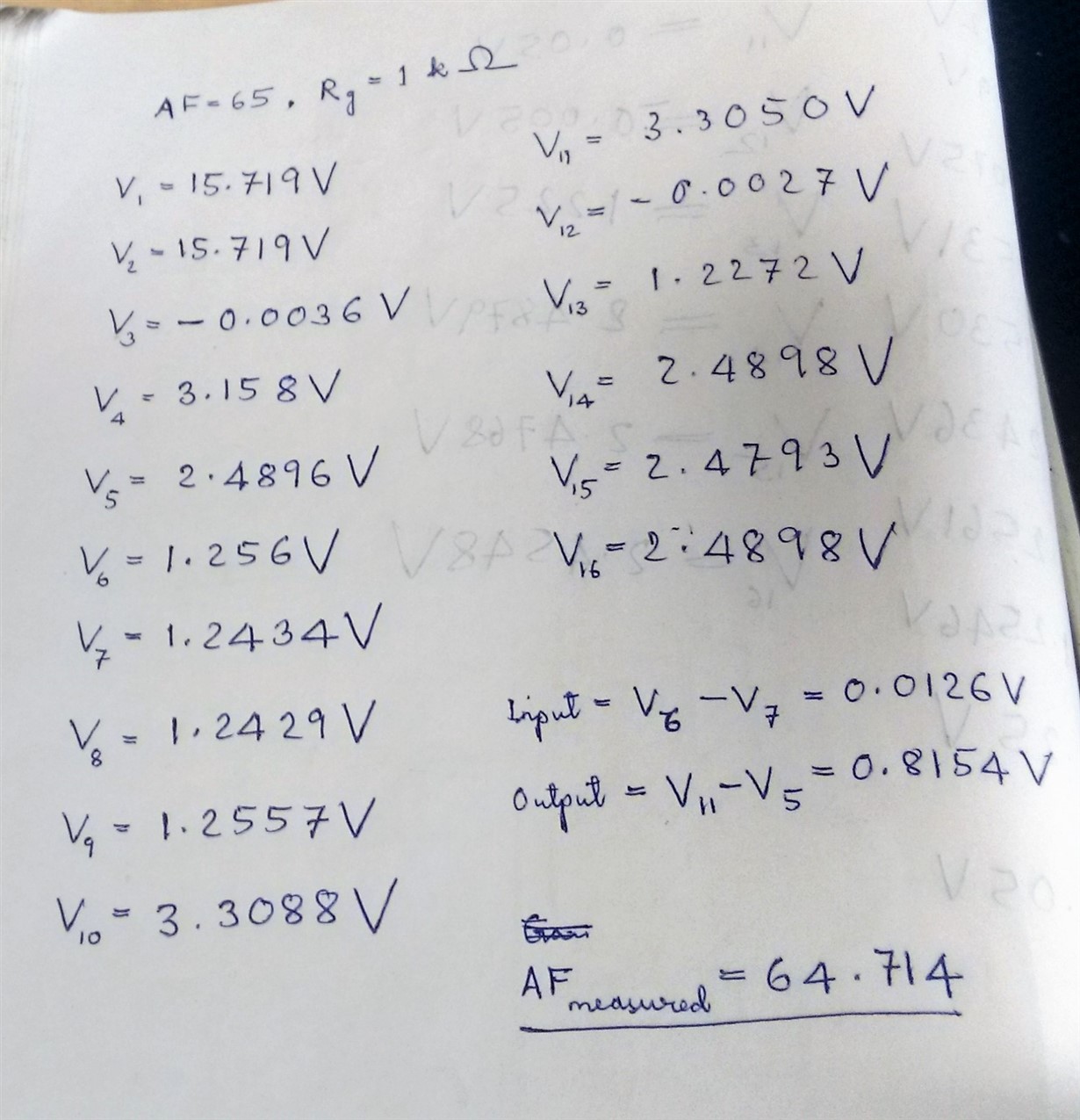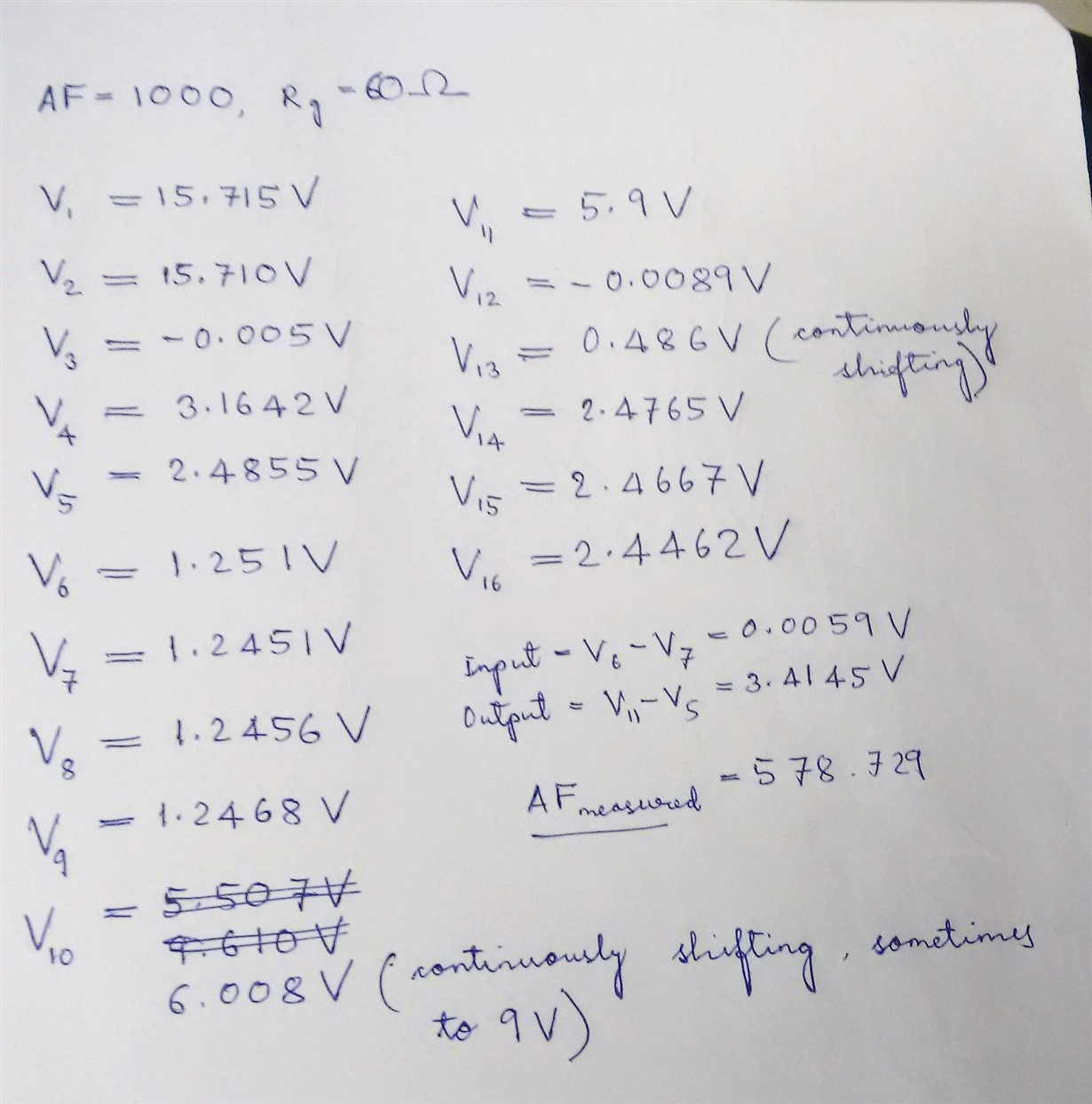Other Parts Discussed in Thread: INA126, OPA191,
For the last six months, I have been using INA 125 P amplifier. The problem I am facing is that in figure 6, page number 13 in the datasheet, pins 14 and 4 have been connected and due to this connection, we would be getting a reference voltage of 2.5V (as is shown in the figure). Experimentally, I also made the same connection but I am getting a reference voltage of 1.44V. Why this anomaly is happening when everything is correct in my circuit? Please help.






